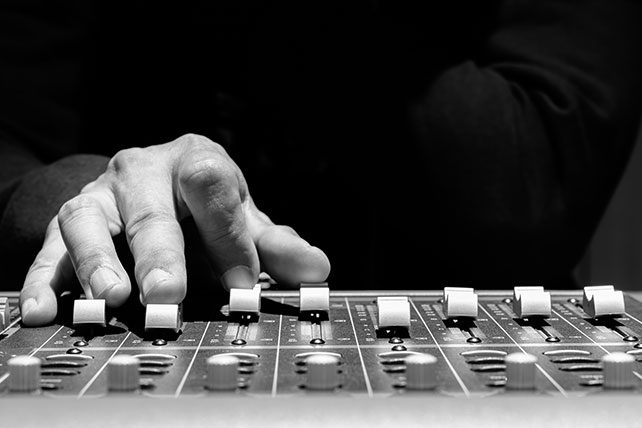The audio mixer has long been the heart of any sound system—especially in churches. It’s where signals are combined, adjusted, and sent to speakers so that the congregation can hear clearly. For decades, volunteers and sound techs alike have stood behind faders and knobs, learning how to balance vocals, instruments, and microphones into something beautiful and understandable. But with the rise of digital audio tools, automation, and streaming-focused technology, some church leaders are asking: Do we still need a traditional audio mixer?
The short answer is — it depends. The role of the audio mixer is evolving rapidly, and for some churches, particularly those with simple setups or heavy digital integration, it may no longer be a necessary centerpiece. Others, especially those with live bands and in-person services, still rely on the mixer as an indispensable tool. Let’s explore whether it’s time to say good-bye to your mixer—or simply rethink how you use it.
What About That Old Audio Mixer?
The Rise of Digital Mixing and Automation
One of the biggest changes in the audio landscape is the advancement of digital mixing systems. Tablets, laptops, and even smartphones can now control full mixing environments wirelessly. Apps like X-Air, PreSonus UC Surface, and Allen & Heath’s MixPad allow teams to mix on the go, from anywhere in the room, without being tied to a large physical console.
For smaller congregations or mobile churches, this flexibility is a game-changer. You can store presets, automate settings, and recall scenes for different services or events. This reduces setup time and training requirements for volunteers. It also makes sound reinforcement more accessible to churches that don’t have a trained audio engineer on staff. If your team is comfortable with a tablet or laptop interface, the need for a traditional audio mixer with rows of physical faders may be diminishing.
RELATED: The “BEST” Digital Mixer? (Might Actually Be Analog.)
Streaming Has Shifted the Priority
Another reason some churches are rethinking their audio setup is the increasing emphasis on livestreaming. Online worship experiences have become a permanent part of church life, and this shift requires different audio priorities. What sounds good in the room might not translate well to a livestream. As a result, churches are turning to digital audio workstations (DAWs), USB audio interfaces, or software mixers like OBS or vMix to produce online-friendly mixes.

